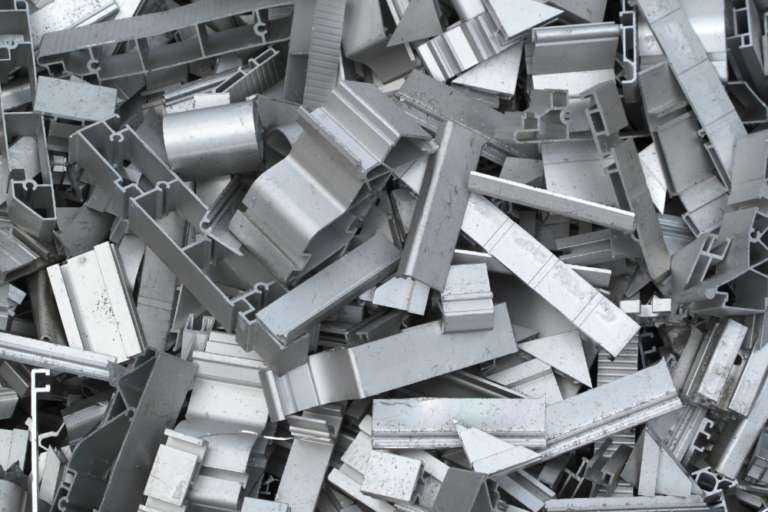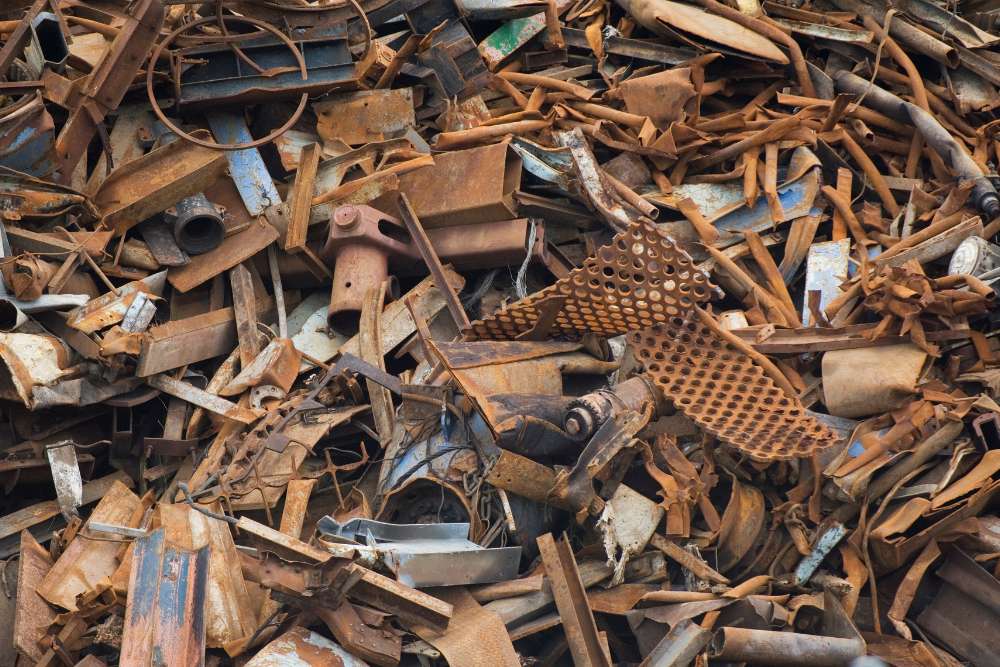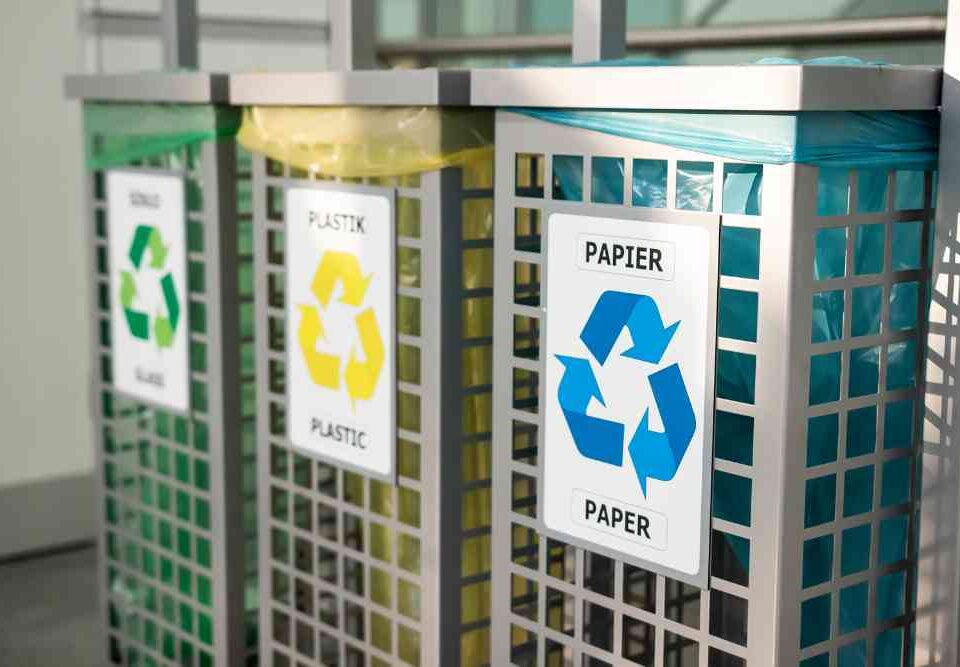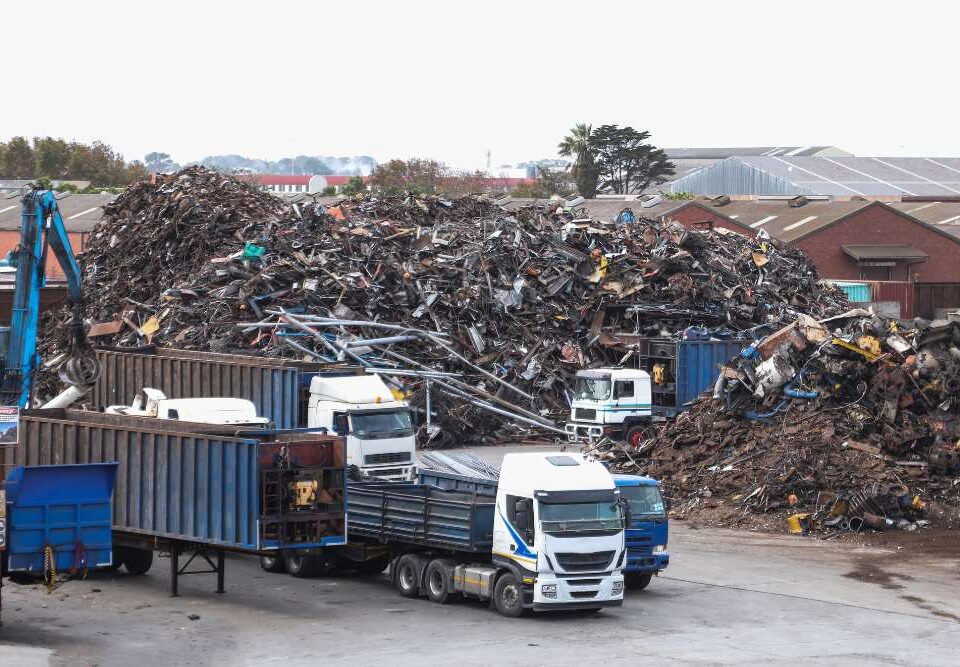
How to Get Rid of Your Junk While Keeping the Planet in Mind
September 19, 2025
The Role of Junk Removal Services in Promoting Green Practices
September 19, 2025The Key Environmental Benefits of Scrap Metal Removal
Scrap metal often goes unnoticed, piling up in garages, construction sites, or old storage areas, yet it carries immense environmental potential. Instead of being left to rust or tossed into landfills, these discarded materials can be recovered, repurposed, and reintroduced into the production cycle. Scrap metal removal is not only about clearing space; it is a sustainable act that saves resources, conserves energy, and reduces pollution. When handled responsibly, scrap metal becomes a valuable commodity that lessens the demand for mining and manufacturing new materials. This process creates a ripple effect that benefits communities and ecosystems alike.
Conserving natural resources through metal recovery
Scrap metal removal is one of the simplest yet most powerful ways to conserve natural resources. When old appliances, car parts, or construction debris are recycled, the metals inside them are reprocessed into raw materials. This means fewer ores need to be extracted from the earth. Mining is a resource-intensive practice that depletes landscapes and often leaves behind environmental scars. By reclaiming existing metals, the pressure on natural reserves decreases significantly, allowing ecosystems to maintain their delicate balance.
Conservation also ensures that valuable resources are available for future generations. Metals such as aluminum, steel, and copper can be recycled indefinitely without losing quality. This creates a continuous loop of use and reuse, drastically reducing the strain on non-renewable resources. Scrap metal removal essentially becomes a link between waste reduction and long-term sustainability, proving that everyday junk can play an important role in preserving the planet’s most critical materials.
Reducing energy consumption in metal production
Another major environmental benefit of scrap metal removal is the energy savings it generates. Creating new metals from mined ores requires large amounts of energy, often involving high-temperature smelting processes. Recycling scrap metal, however, demands far less energy. For instance, recycling aluminum uses up to 95 percent less energy than producing it from raw ore. These savings directly reduce the carbon footprint of manufacturing industries while preserving limited energy reserves.
Energy reduction is not only beneficial on a global scale but also for local communities. Lower energy demand means less reliance on fossil fuels, which translates into fewer emissions from power plants. By removing scrap metal and sending it to recycling facilities, individuals and businesses take part in a cycle that optimizes energy efficiency. Each pound of recycled metal contributes to a broader movement toward clean energy and sustainable industrial practices, turning simple disposal into an environmentally conscious decision.

Preventing metal waste from entering landfills
When scrap metal ends up in landfills, it not only wastes valuable materials but also creates environmental hazards. Metals take decades, sometimes centuries, to break down, and in the process, they can leach harmful substances into the soil and water. This contamination affects ecosystems and can disrupt agricultural productivity and groundwater safety. Scrap metal removal plays a critical role in preventing these risks by diverting materials away from landfills and into recycling streams.
Reducing landfill waste also extends the lifespan of existing facilities. Landfills are expensive to maintain and require significant land use, often displacing wildlife and natural habitats. By ensuring scrap metals are recycled instead of discarded, communities lower their dependence on landfill expansion. This proactive approach not only protects the local environment but also reinforces the value of waste management systems that prioritize recovery over disposal. In the end, keeping metals out of landfills is a vital step toward cleaner, healthier communities.
Lowering greenhouse gas emissions through recycling
Scrap metal removal contributes directly to the reduction of greenhouse gas emissions. Producing new metals from raw materials generates high levels of carbon dioxide and other greenhouse gases due to the energy-intensive processes involved in mining, refining, and manufacturing. Recycling metals from scrap bypasses much of this cycle, resulting in significantly fewer emissions.
This reduction is essential in combating climate change. By decreasing reliance on primary metal production, recycling helps industries lower their carbon footprint and contribute to cleaner air quality. On a broader scale, fewer emissions mean slower global warming trends and less strain on ecosystems. Scrap metal removal, while often seen as a local or personal act, becomes part of a global solution.
Encouraging sustainable manufacturing practices
Scrap metal removal also fuels a cycle of sustainable manufacturing. When recycled metals re-enter the production chain, industries can rely less on virgin materials. This encourages manufacturers to design products that incorporate recycled content, further strengthening eco-friendly supply chains. Using recycled metal does not compromise product quality, which makes it a practical and reliable option for a wide range of industries, from construction to consumer goods.
Sustainable manufacturing reduces the overall environmental footprint of industries and creates opportunities for innovation. Companies are incentivized to adopt greener practices, whether through design, material sourcing, or distribution. This shift toward sustainability is not only environmentally beneficial but also appeals to modern consumers who prioritize eco-conscious brands. Scrap metal removal ensures that recycled resources remain readily available, bridging the gap between environmental responsibility and economic growth.
Protecting soil and water from contamination
Discarded scrap metal, especially when left to degrade in the environment, can release toxic substances. Metals like lead, mercury, and cadmium may seep into soil and water systems, posing risks to plants, animals, and even human health. Proper scrap metal removal prevents this contamination by channeling these materials into safe recycling processes where they are handled responsibly.
Protecting soil and water is a direct benefit to both natural ecosystems and agricultural productivity. Healthy soil ensures stable crop growth, while clean water supports wildlife and provides safe drinking supplies for communities. Scrap metal removal contributes to maintaining this balance by reducing the pollutants that would otherwise enter the environment. Instead of allowing harmful substances to accumulate, recycling diverts metals into controlled systems where their value is preserved, and their risks are eliminated.
Preserving biodiversity by reducing mining impacts
Mining activities often have devastating effects on biodiversity, disrupting habitats, displacing wildlife, and altering entire ecosystems. Scrap metal removal helps mitigate these impacts by reducing the need for new mining operations. Every ton of metal recycled is a ton less that must be extracted from the earth, allowing forests, wetlands, and other ecosystems to remain intact.
Preserving biodiversity is vital for maintaining the stability of natural systems. Plants, animals, and microorganisms all play interconnected roles that support clean air, fertile soil, and balanced climates. By supporting scrap metal removal, communities help protect these intricate networks. Less mining also means reduced deforestation, fewer waterway disruptions, and lower chances of species endangerment. Scrap metal recycling is, therefore, more than just a practical solution for managing waste—it is a direct investment in the preservation of the planet’s rich diversity of life, ensuring ecosystems continue to thrive for generations.
Promoting a circular economy within communities
Scrap metal removal is a cornerstone of the circular economy, where materials are kept in use for as long as possible through recycling and repurposing. Instead of following the traditional linear model of “take, make, dispose,” recycling metals closes the loop, ensuring valuable materials remain part of the economic cycle. This reduces waste and minimizes the environmental impact associated with extracting and processing new resources.
Communities benefit directly from circular economy practices. Local recycling centers and junk removal services create jobs while reducing the community’s overall environmental footprint. Businesses also gain by lowering material costs when recycled metals are used. Individuals contribute by ensuring their scrap is properly collected and processed. Supporting scrap metal removal transforms waste management into an economic and environmental asset.
Reducing pollution from illegal dumping practices
Illegal dumping of scrap metal is a problem that affects many areas, leading to polluted landscapes and unsafe environments. Old appliances, vehicles, and construction materials are often abandoned in vacant lots or natural areas, causing visual blight and environmental harm. Scrap metal removal provides a safe and structured alternative, ensuring these items are collected and processed responsibly instead of being left to degrade in nature.
Preventing illegal dumping reduces pollution in soil, air, and water. It also restores the aesthetic value of communities, making neighborhoods safer and more inviting. Organized scrap removal efforts discourage irresponsible disposal by offering accessible and eco-friendly options. This shift helps eliminate the environmental dangers associated with abandoned junk, from chemical leaks to sharp debris.
Supporting local economies through recycling initiatives
Scrap metal removal not only benefits the environment but also strengthens local economies. Recycling creates demand for processing facilities, transport services, and skilled workers, all of which generate employment opportunities within the community. These jobs foster economic resilience while promoting environmentally responsible practices.
Additionally, recycling metal lowers costs for manufacturers, as processing scrap is less expensive than mining and refining new materials. This economic advantage supports local businesses and encourages industries to operate sustainably. Communities that prioritize scrap metal removal also see benefits in reduced municipal waste management costs, as less material ends up in landfills. Together, these advantages highlight the interconnected nature of environmental and economic well-being. Scrap metal removal proves that sustainability and economic growth can complement one another, creating communities that are both financially stable and environmentally responsible.
Conclusion
Scrap metal removal offers a range of environmental benefits that go far beyond clearing clutter. From conserving natural resources and reducing energy use to protecting biodiversity and preventing contamination, every effort to recycle metal contributes to a healthier planet. This practice transforms discarded materials into valuable resources, supporting circular economies and lowering greenhouse gas emissions. By preventing landfill overflow and reducing the impacts of mining, scrap metal recycling ensures ecosystems are preserved for future generations. For residents and businesses in Santa Rosa, CA, North Bay Junk Removal provides professional junk removal services that emphasize sustainability and responsible recycling. Their commitment to eco-friendly practices ensures that scrap metals are diverted from landfills and reintroduced into the production cycle. To schedule efficient and environmentally conscious junk removal, contact North Bay Junk Removal at 707-478-6817. Together, communities can turn waste into opportunity and promote long-term environmental stewardship through responsible scrap metal removal.




